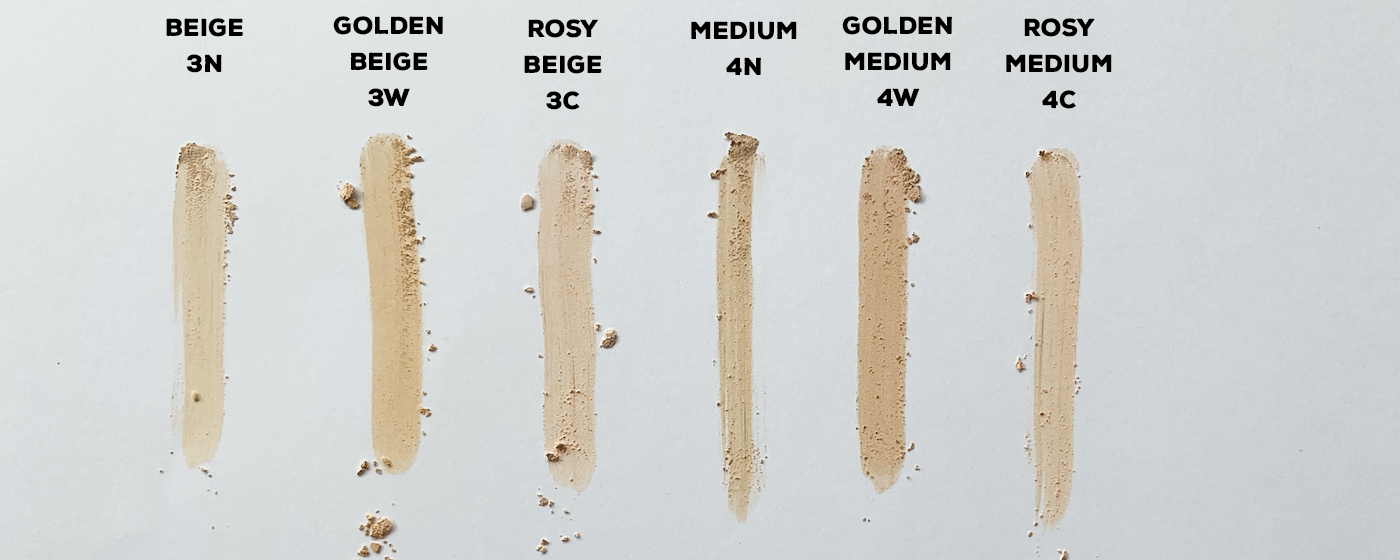How to choose the right shade of mineral make-up
We are often asked about choosing the right shade of mineral makeup from Everyday Minerals. I've decided to put together a little guide to help you navigate through each shade.
The name of a mineral makeup consists of the name of its shade, a number, a letter and the designation jojoba, matte or semi-matte, for example, the Mineral Makeup Golden Light 2W Jojoba. And now we'll take a look at what's underneath, how to find out and where to start :-)
1. Your skin type
When choosing a mineral makeup, the first step should be to determine your skin type. Makeups are divided into three categories namely jojoba, matte and semi-matte. Each category is suitable for a different skin type:
- Jojoba - suitable for dry and thirsty skin
- Matte - ideal for combination and oily skin
- Semi-matte (semi-matte) - ideal for normal skin
If you know what your skin type is, then you will choose one of the three categories and look for a suitable shade in that category only. If you're not sure about your skin type, you can check out our article - How to know your skin type.
2. Skin tone
The second step in choosing mineral makeup is to determine your skin tone. The undertone can be neutral, cool or warm. The letter next to the makeup therefore indicates the undertone:
N = neutral
C = cool (pink)
W = warm (yellow)
Neutral skin tone.

Warm undertone.

Cold skin tone.

3. Skin tone
If you have determined your skin type and skin tone, the only last step left is to choose your skin tone. The shade is determined by the number in the name of the makeup. The lower the number, the lighter the shade.
For neutral undertones, you can choose from 1N to 6N.

For warm undertones, you can choose from 1W to 6W.

For a cool undertone, you can choose from shades 1C to 5C.

To give you an example, I have a mixed complexion with neutral undertones and I'm more of a pale-skinned person. So I choose matte makeup, undertone N and shade 2 for winter and shade 3 for summer.
I'll add a comparison of the same shades, just different skin tones. Below you will find, for example, shade 1 and 2 for neutral, warm and cool skin tones.

Shades 3 and 4 for neutral, warm and cool skin tones.

Shades 5 and 6 for neutral, warm and cool skin tones.




